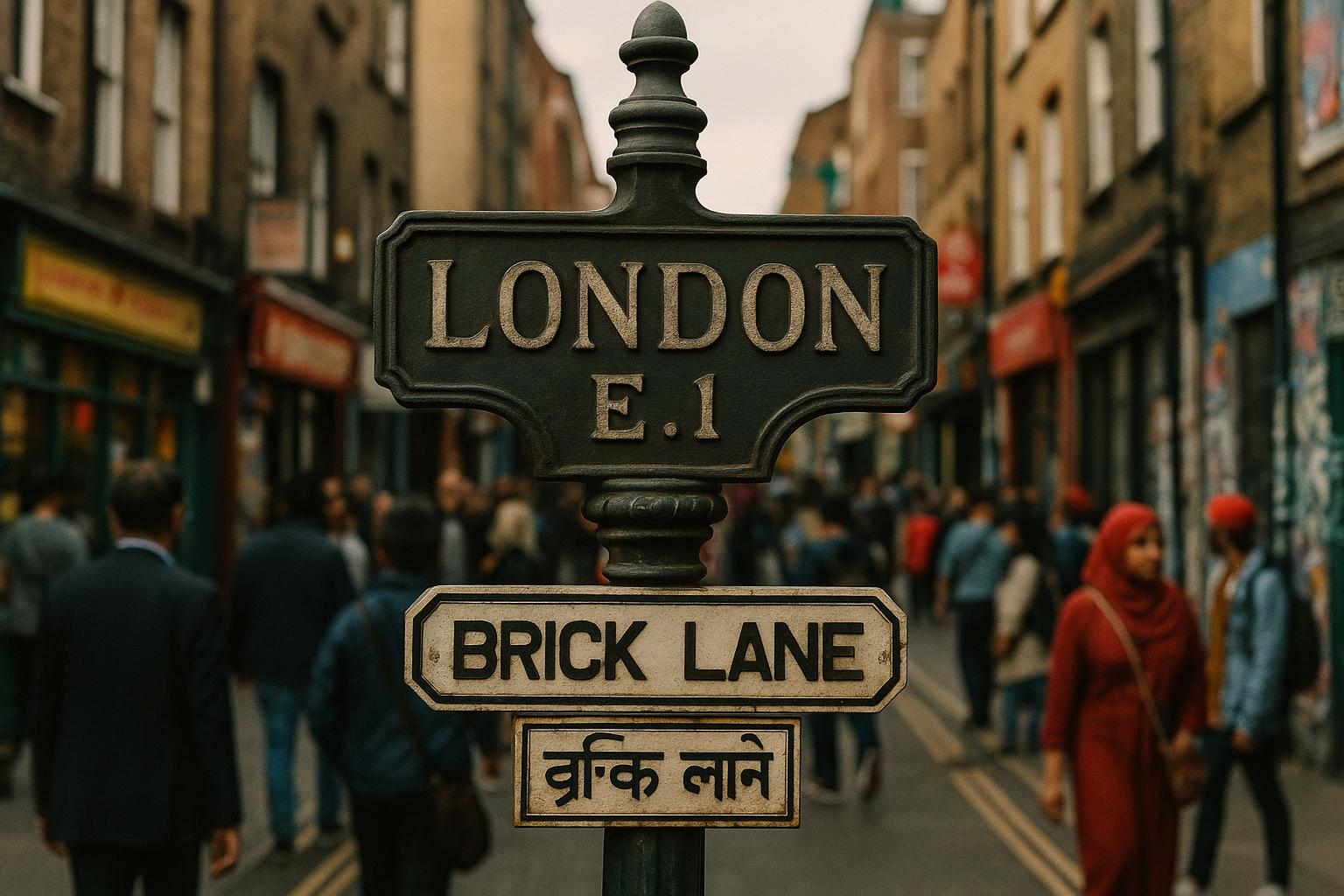Aldgate East Underground station, home to the District and Hammersmith & City lines, stubbornly clings to its traditional name despite a barrage of proposals to rename it after the once-overlooked but now increasingly popular Brick Lane. The idea of rebranding Aldgate East as Brick Lane has been floated multiple times, especially by local politicians eager to cash in on the area's rising fame. Notably, former London Mayor Ken Livingstone jumped on the bandwagon, but entrenched costs, logistical nightmares, and a desire to preserve historical continuity have kept these suggestions firmly grounded.
Nestled just off Whitechapel High Street and established in 1884—with a major rebuild in 1938—the station’s name embodies the Victorian heritage that anchors the East End’s identity. This historical connection clearly stings the proponents of change, who see the stubborn resistance as a relic of outdated priorities. Transport for London (TfL) and other authorities remain hesitant, citing the monumental logistical challenge of updating signage, maps, and announcements that serve millions. Every penny spent on changing station names is viewed as money diverted from critical transportation improvements, an attitude that seems to prioritize bureaucracy over community relevance.
Back in 2006, Tower Hamlets councillor Abdal Ullah campaigned to have the station renamed to better reflect the thriving cultural hub that Brick Lane has become. His arguments centered on the idea that visitors struggling to navigate the area via the Tube map were missing out on the vibrancy that defines the street. The move was pitched as a boost to local tourism and economic activity, especially with the 2012 Olympics looming. Yet TfL dismissed the idea outright, citing costs as the primary barrier—an obstacle seemingly too high for current political willpower to overcome.
Even Ken Livingstone himself, during talks in 2008 about station naming tweaks, acknowledged the financial toll such changes would entail. While he expressed personal support for renaming Aldgate East, he made it clear that the historic significance attached to the current name, along with the steep price tag, rendered the idea impractical. Without pressing public demand or navigational gain, the idea was relegated to the realm of unfulfilled promises.
London’s transport decisions rarely lean toward cosmetic alterations unless there’s a pressing reason. The 2010 renaming of Shoreditch station to Shoreditch High Street was a rare exception tied to redevelopment efforts; similarly, proposals to rename stations like Shepherd’s Bush or Edgware Road were dismissed due to budget constraints and questionable benefits. Aldgate East’s case highlights how stubbornly conservative TfL remains, cautious about eroding its commitment to historical continuity, even as the surrounding area evolves into a cultural beacon.
Despite the official stonewalling, the vibrant energy of Brick Lane continues to cast its shadow over Aldgate East station. The unofficial association endures in the minds of locals and visitors—this station remains a vital gateway to the Banglatown and the surrounding artistic, culinary, and multicultural scene. Yet, the opportunity to truly embrace the area's modern identity remains unrealized—an oversight driven by costs and a discomfort with change that often prioritizes legacy over progress.
In a climate where government and transport authorities are too quick to cling to tradition, such resistance highlights how detached decision-makers are from the realities on the ground. If the aim truly is to support community growth and cultural recognition, then perhaps it’s time for the authorities to reconsider. But right now, Aldgate East persists as a relic, more defined by its Victorian roots than the dynamic, diverse neighborhood it serves.
Source: Noah Wire Services
